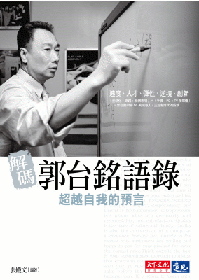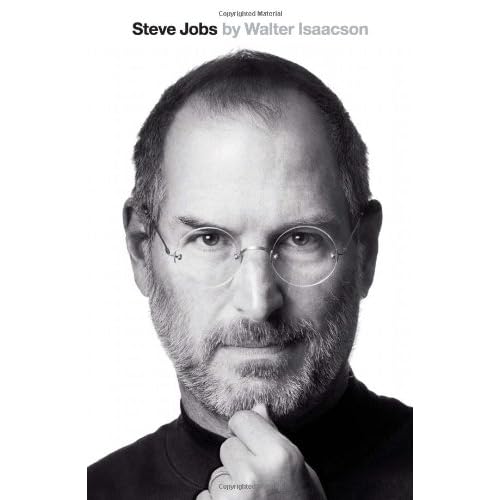
Score: 4.5 / 5
This is one of the best books I’ve read thus far.
As a kid growing up in Taiwan loving Chinese history, I wondered how the ancient Chinese regimes could be so cruel to their criminals, often mutilating them as a punishment or torturing them for confession. It wasn’t until I had come to Canada and at a random bookstore browse came across books on Medieval torture methods that I realized our European brethren are scarcely less inventive or conservative when it came to means of punishment. What then, has been the trend of violence across geography and time? This became my motivation to read the book.
Violence is important because it is pervasive and directly contributes to our wellbeing, as Pinker states:
No aspect of life is untouched by the retreat from violence. Daily existence is very different if you always have to worry about being abducted, raped, or killed, and it’s hard to develop sophisticated arts, learning, or commerce if the institutions that support them are looted and burned as quickly as they are built.
Contrary to popular belief, our past is a rather violent and Pinker shows that we live in one of the most peaceful times in history. For instance, from 14,000 BCE to 1770 CE, before the emergence of state societies, warfare death rates averaged about 15% of the population. In contrast, the death rate in the 20th century (even including both world wars) is 0.7% of the population.
The book is divided roughly into two parts, the first shows that various forms of violence – inter- and intra- state warfare, judicial torture and execution, homicide, domestic violence, child abuse, etc. – have all been in decline. My favourite part of the book is that these historical phenomena are narrated alongside the social or technological transition occurring at the time to show their probably role in reducing violence, chief among them:
- The Leviathan – by setting the state as a disinterested third party with monopoly on legitimate use of force, individual exploitative gain from aggression is reduced, the need for revenge is reduced, and breaks the cycle of ever ensuing feud with each side feeling justified in their own cause, therefore reducing violence within the state.
- Commerce – the arrival of advanced transportation technologies for goods and ideas makes trading with ever larger groups of geographically disparate partners possible and more profitable – customers and sellers are both more valuable to another alive than dead, increasing the cost of violence.
- Feminization – perpetrators of violence have predominantly been male. The ever increasing respect for and empowerment of women tend to dampens the glorification of violence in a given society.
- Cosmopolitanism – literacy, mobility, mass media, and urbanism makes much more accessible and immediate many strangers’ perspectives and to broaden one’s circle of empathy and aligning their interest with one’s own.
- Escalator of reason – the more intensified application of knowledge and rationality to viewing violence shows the futility of vicious cycles of violence, curbs one’s inclination to privilege one’s own over others, and helps one see violence as problem and solve it dispassionately.
In the second part of the book, Pinker shows the human cognitive abilities and psychological forces for violence (the demons) and against it (the angels):
- Demons: Predatory (need for practical gain), Dominance (need for authority, prestige), Revenge (urge for moral retribution), Sadism (pleasure in others’ suffering), Ideology (belief system which justifies unlimited violence for unlimited gain)
- Angels: Empathy (feel another’s pain and pleasure), Self-control (inhibit our impulses by foreseeing its consequence), moral sense (sanctifies norms and taboos in a culture – can at times reduce violence), reason (ability to objectively evaluate patterns, including human affairs, and seek tangible improvement)
Pinker shows the implications, limitations, and power of each of the forces above, and that combined with the historical institutions created (e.g. state police forces deter homicide), tips the payoff to favour our angels, creating the peaceable world we enjoy now.
Though this downward trend of violence shows no sign of being disrupted, Pinker admits to not having all the answers to why violence has declined, and that in the absence of certain institutions, acts of violence can come roaring back. The Montreal police strike of 1969 is one example:
Within hours of the gendarmes abandoning their posts, that famously safe city was hit with six bank robberies, twelve arsons, a hundred lootings, and two homicides before the Mounties were called in to restore order.
Pinker urges for vigilance and the continual debate and exploration on the subject of violence, of why it arises and how it declines, especially given the subject’s impact on all aspects of life.
I have found Pinker to be very comprehensive, covering a wide geography and timespan, being very meticulous in addressing the many angles of scepticism, and crossing disciplines from political philosophy, psychology, cognitive science, and economics in his arguments. It is large book, but very much worth the time. I highly recommend it.
One more thing lingers in my mind. Pinker addressed the decline of physical violence in the book, but what of emotional and psychological violence? If human nature tendencies are rather stable over time, and physical violence was driven by such tendencies, then would such tendencies seek other outlets? Perhaps this would be addressed in his next book.
ps. Pinker’s TED talk on this subject, in case you don’t have the time to read this book.







 Score: 4.5/5
Score: 4.5/5 評分: 4.5/5
評分: 4.5/5





